Top 10 Common Questions about Floor Tiling – Answered!
Making the choice whether to DIY or hire out can be difficult when discussing the repair or replacement of your tile flooring. Whether your kitchen floors need replacing or your backsplash needs updating, learning how to tile on your own can save you hundreds of dollars in labor costs. If you approach it correctly, you can get your tiling done in just a day.
Aaron Massey, Tracy Pendergast, and Adam Esparza already covered the basics of tiling on our HowToHome Podcast, but depending upon your unique task and the tile you’ve chosen, you may run into quite a few common problems and questions that come with tiling on your own for the very first time.
To get you back at work without having to hire a contractor, we’ve put together ten of the most common questions about floor tiling. Feel free to use these answers and power through your next home improvement project.
What Type of Tiles Should I Use?
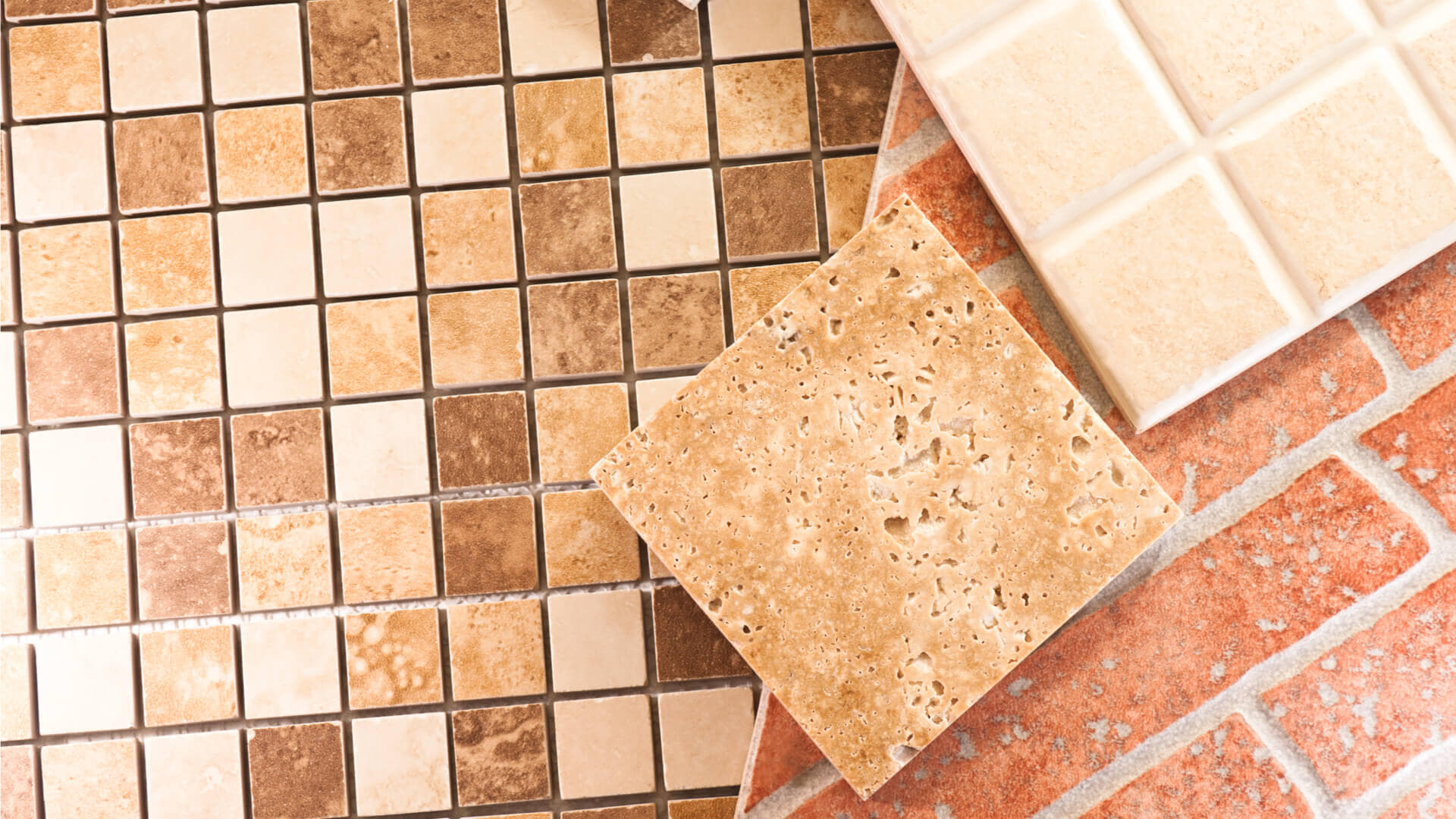
There are several different types of tiles that range wildly regarding their materials, look, and durability. While speciality types exists, you should be familiar with the most common types:
|
|
While these tend to vary in popularity, these primary types (or some variation of them) are most likely what you’ll end up picking from at the hardware store. Generally speaking, these tiles can be further organized into three groups: porcelain, ceramic, and stone.
Most stone tiles are going to be more expensive but offer a fair amount in value and can certainly last through the years. You’re going to want to ensure, though, that you know the proper maintenance required for your stone tile of choice, as stone needs to be given some special attention to ensure it’ll last as long as advertised.
What’s the Difference Between Porcelain and Ceramic Tile?
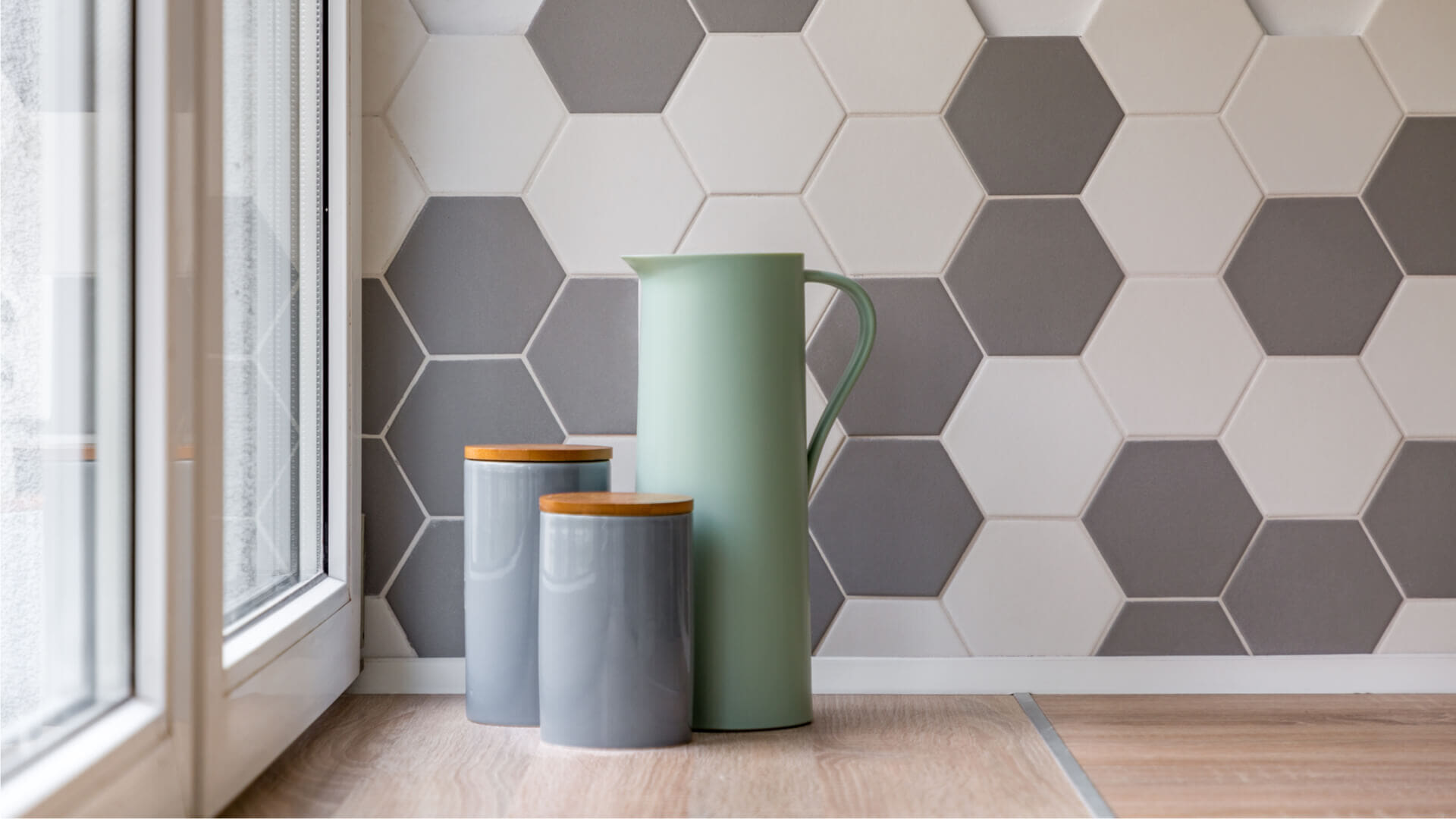
When it comes to porcelain and ceramic tile, the differences are less clear than with stone tiles. That’s because porcelain tiles are a subcategory of ceramic tiles. Both are made from clay that has been heated in a fire and hardened for use in flooring and backsplashes. Porcelain is often heated to temperatures far hotter than other typical ceramics, though, and thus deserves the distinction.
Overall, we can say that porcelain tile is stronger, more durable, and a great lower-cost choice for tile. Porcelain also comes with a familiar look that fits in most modern homes and can be used just about anywhere without fear of damage. As for other ceramic tiles, their use is typically better served in bathrooms than in other parts of the home.
…porcelain tile is stronger, more durable, and a great lower-cost choice for tile
Ceramic tiles are well-known for their glazing, but it can cause chipping. This means we can only recommend ceramics for areas with relatively low traffic. Both are certainly worth your consideration, however, so feel free to get some samples and make sure you can tile your floors with confidence.
Do I Need to Redo My Baseboards?
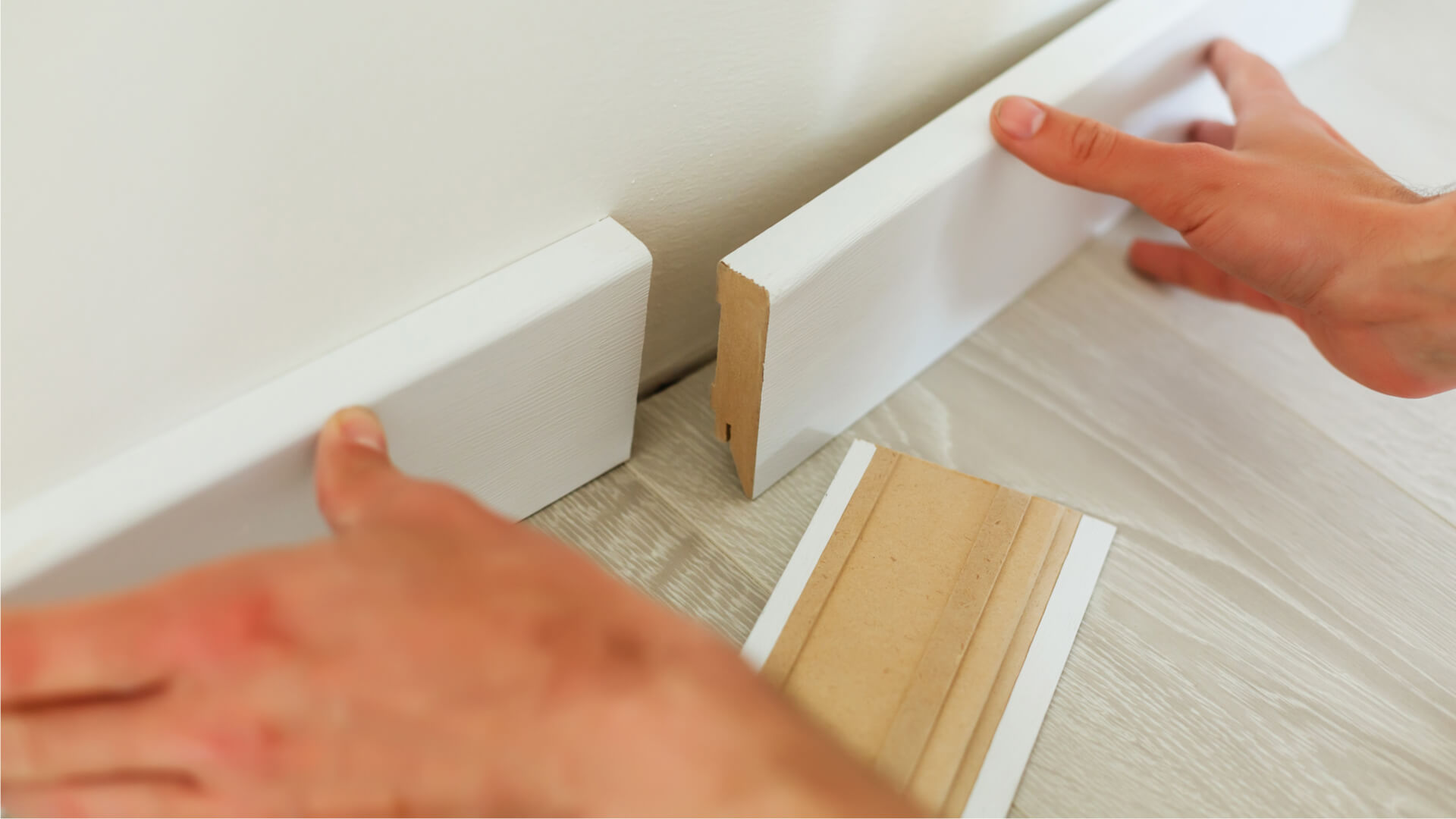
If you’ve never worked with flooring before, you may be surprised to find that your baseboards are a vital element of ensuring a flooring job looks as good as it does. And that can sometimes mean repainting baseboards or replacing them entirely.
Most homes have a requirement of a small gap between the floor and the wall, which means you may need to head into your hardware store to pick up enough replacement quarter round. However, if you’re replacing the baseboards entirely, you won’t need to worry about buying quarter round.
At the end of the day, it’s up to you to decide if you’re going to replace your baseboards. However, we recommend considering the practice—to ensure that your hard work has that extra bit of pop to it.
What Do I Use As a Base? Do I Need a Cement Base?

All tiling has to be done on a base, which allows you to ensure that your tiling work is being placed on a firm foundation. To be clear, you need to ensure you’re using a solid base. If you’re tiling on the second floor or above, that tiling needs to be done on something waterproof.
All tiling has to be done on a base, which allows you to ensure that your tiling work is being placed on a firm foundation.
Kerdi board is a popular option, but we think that a cement base is a much better option for most tiling needs. You can quickly and easily build a cement base that’ll hold up with your home and give you the peace of mind to know that there won’t be any leaks down a level.
What’s Back Buttering? Do I Need to Back Butter My Tiles?
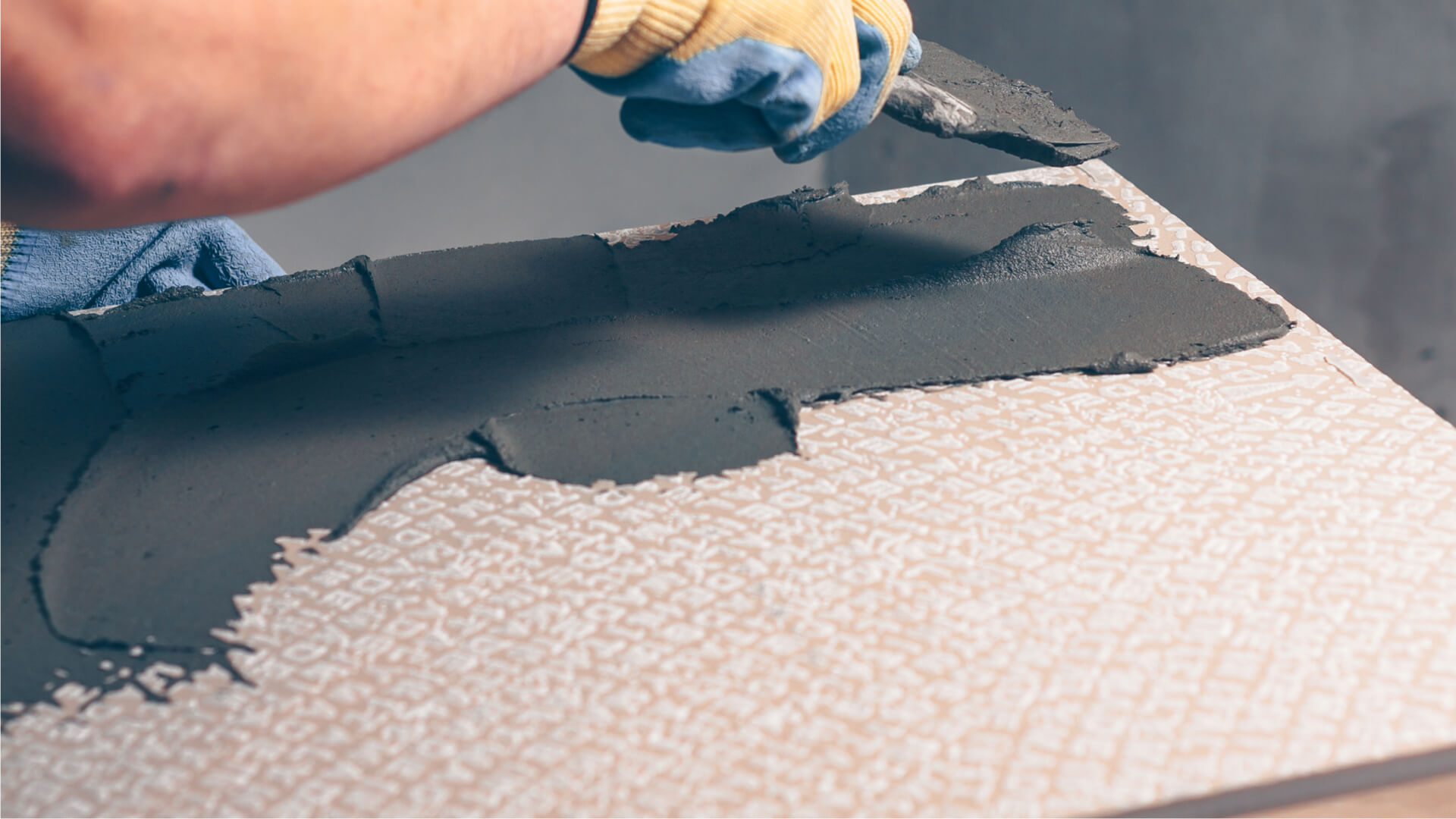
Back buttering is a popular option to make sure fragile and specialty tiles hold tight. Plank tiles, for instance, are a great choice for a wood look with a tile floor but tends to bow out over time. If you back butter these tiles, you should be left with a smooth surface.
To back butter your tiles, simply coat the back of your tile immediately before placing it down onto your thin set. Opt for a thin layer of adhesive or motor, and your tiles should be that much more stable in the years to come.
It’s a common debate about whether or not you need to back butter your tiles. We recommend the practice for most types of tile, but if you’re not sure, feel free to call up a local professional to get a second opinion on the matter. When it doubt, always opt for the option that gives you the most secure tiling possible.
What Grout Color is Best For My Tile?

You may be tempted to go for a bright alternate color for your grout to give your tiling that extra pop. The wrong grout color, though, could ruin the aesthetics of an entire flooring job. One of the safest bets you can make is matching your grout color to your tile color. That match will work in just about any kitchen or bathroom and will allow you to confidently use the tile for years to come without worrying about an update.
Do I Need to Sand My Grout?

While dealing with sanded grout might sound like it would take a lot of elbow grease, the truth is, the only difference between sanded and unsanded grout is the composition of the material itself. But deciding on which one you need to use for your project is important.
Your tile’s joints are essentially the distance between the tiles. The grout used to place the tiles is only visible through the joints, and if that grout is larger than 1/8th of an inch, you should go ahead and get sanded grout. Sanded grout will reduce cracking over time, so if you’re going to be working with floors, the answer will almost always be opting for the sanded solution.
Can I Tile Over Other Tile?

If you’re living and walking on pre-existing tile, it may be tempting just to trust the handiwork of the previous contractors and simply tile over the time. And you certainly can do so, but only under certain conditions.
First, you need to be absolutely sure that the tile base underneath the current tile is concrete. Like we covered earlier, a concrete base is one of the few base types strong enough to withstand hard use, and is a requirement when tiling over tile.
Second, that base and the current tile itself cannot be cracked or compromised severely. Tiling over this just means leaving water and moisture a space to live and thrive beneath your handiwork. Provided you’ve met these two conditions, you can tile over tile.
Can I Tile Over Other Floors?

You may also find yourself wanting to tile over far more than tile.
Anything from old laminate to hardwood floors are cited by new DIYers as a potential tiling surface. And it certainly seems that tiling over these surfaces should be more than doable.
If you want to tile over hardwood, just make sure you’ve picked a flexible tile and grout to ensure nothing cracks or bends prematurely. Likewise, if you want to tile on laminate, just be sure to roughen it up first to give the grout more of a rugged surface to bond onto. And if you’re wondering, yes–you can place laminate over tile as well. Generally speaking, if it’s solid, flat, and decently-built, you should be able to tile over it. Just be sure to call up a contractor for a second opinion if you’re unsure.
Can I Waterproof my Current Tile?
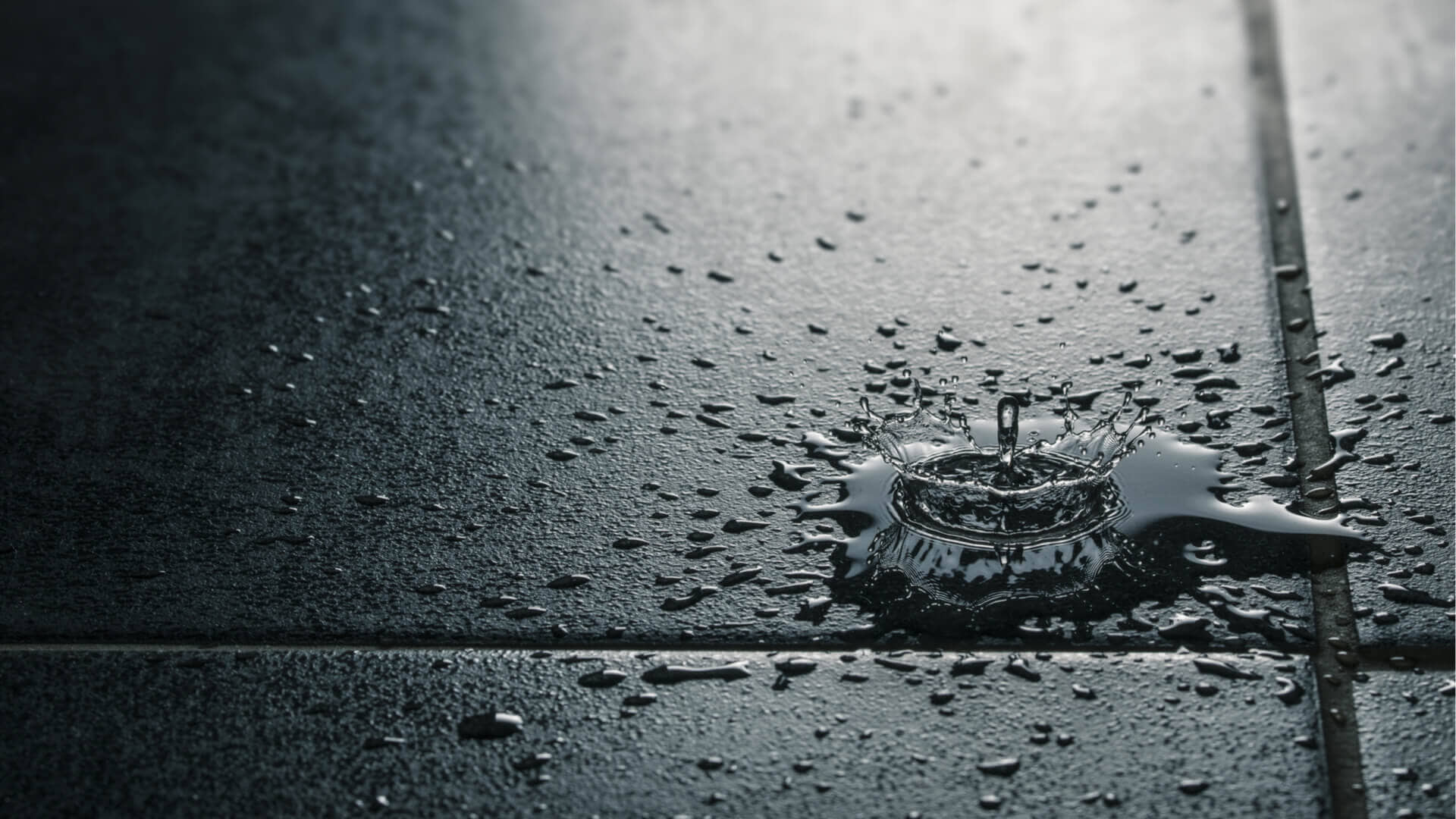
You may actually rather like the current tiling on your floor but might struggle to keep it from leaking water due to long showers or frequent spills. Unfortunately, already-installed tile cannot be waterproofed no matter what sort of sealers are placed onto it. You can tile over it, however, if need be.
Final Thoughts
These answered questions should give you a bit more guidance on how to handle your next flooring project, but there’s much more covered in the HowToHome Podcast that’ll help you tile with confidence. Likewise, always be sure to do your homework and study hard to ensure you only ever need to tile your floors once and then enjoy your handiwork for years to come.




